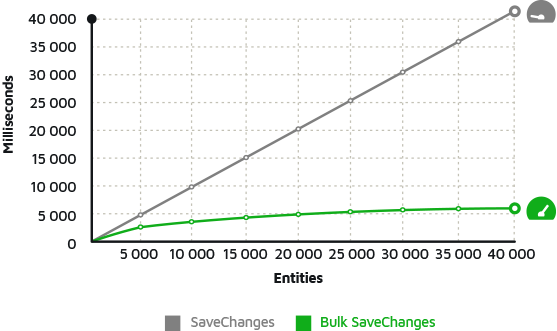Entity Framework Include Multiple Levels
How to include multiple levels?
Eager loading is the process whereby a query for one type of entity also loads related entities as part of the query. Eager loading is achieved by use of the Include method.
The Include() method works quite well for lists of objects, but what if there is a need for multiple levels of depth. For example, Customer contains a list of invoices and each invoice then contains a list of items.
StackOverflow Related Questions
- Entity Framework - Include Multiple Levels of Properties
- Entity framework linq query Include() multiple children entities
Answer
Entity Framework 4.1 to 6
The Include() method allows the required depth of eager loading to be specified by providing Select expressions to the appropriate depth.
Using Lambda Expression
using (var context = new EntityContext()) { var customers = context.Customers .Include(i => i.Invoices.Select(it => it.Items)) .ToList(); }
The above example will load all customers, their related invoices, and the items of each invoice.
Using String Path
Load all customers, all their related invoices, and all items of each invoice using a string to specify the relationships.
using (var context = new EntityContext()) { var customers = context.Customers .Include("Invoices.Items") .ToList(); }
Entity Framework Core
EF Core has a new extension method ThenInclude(). You can drill down through relationships to include multiple levels of related data using the ThenInclude method.
using (var context = new MyContext()) { var customers = context.Customers .Include(i => i.Invoices) .ThenInclude(it => it.Items) .ToList(); }
ZZZ Projects
